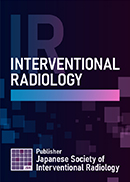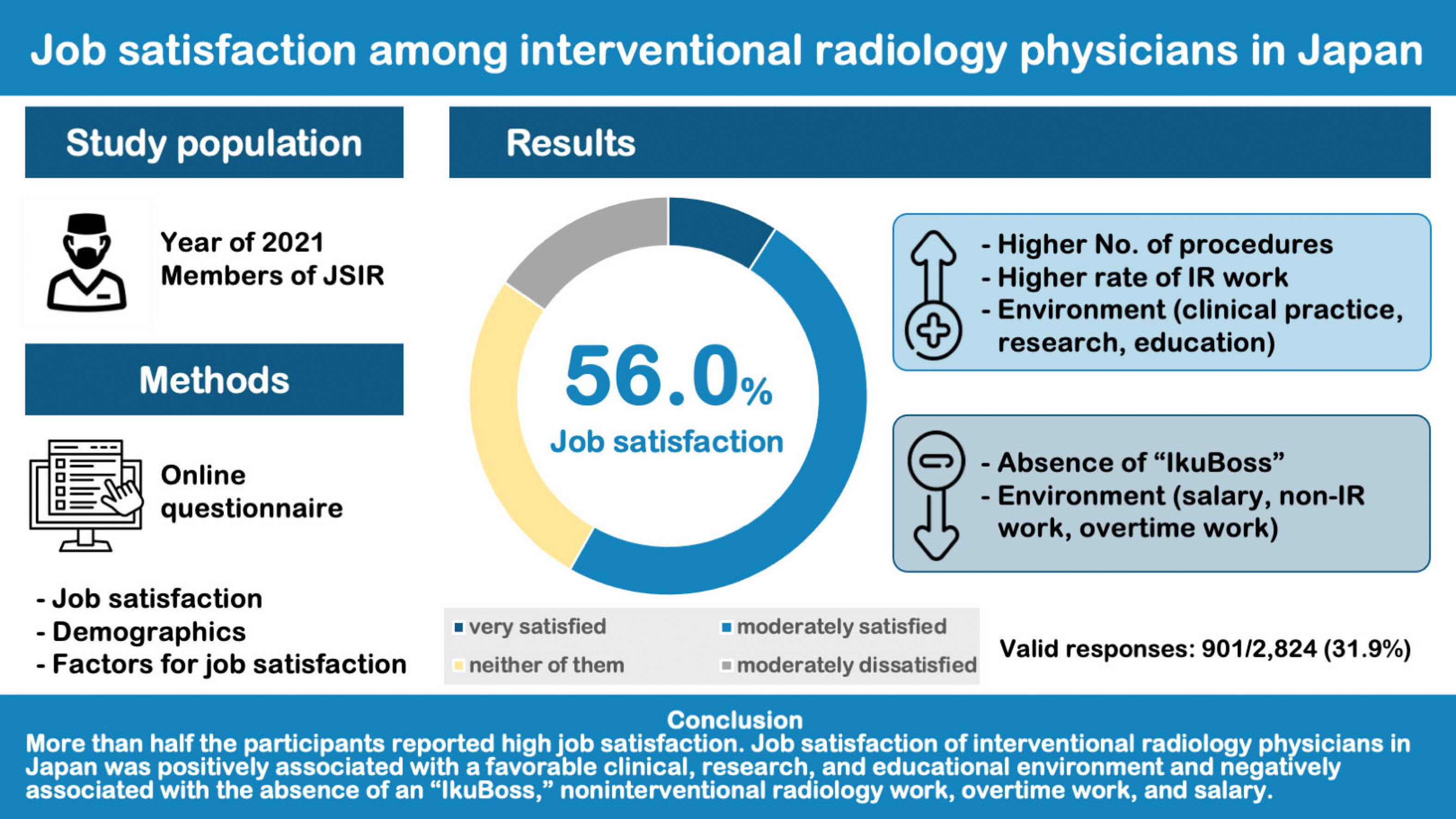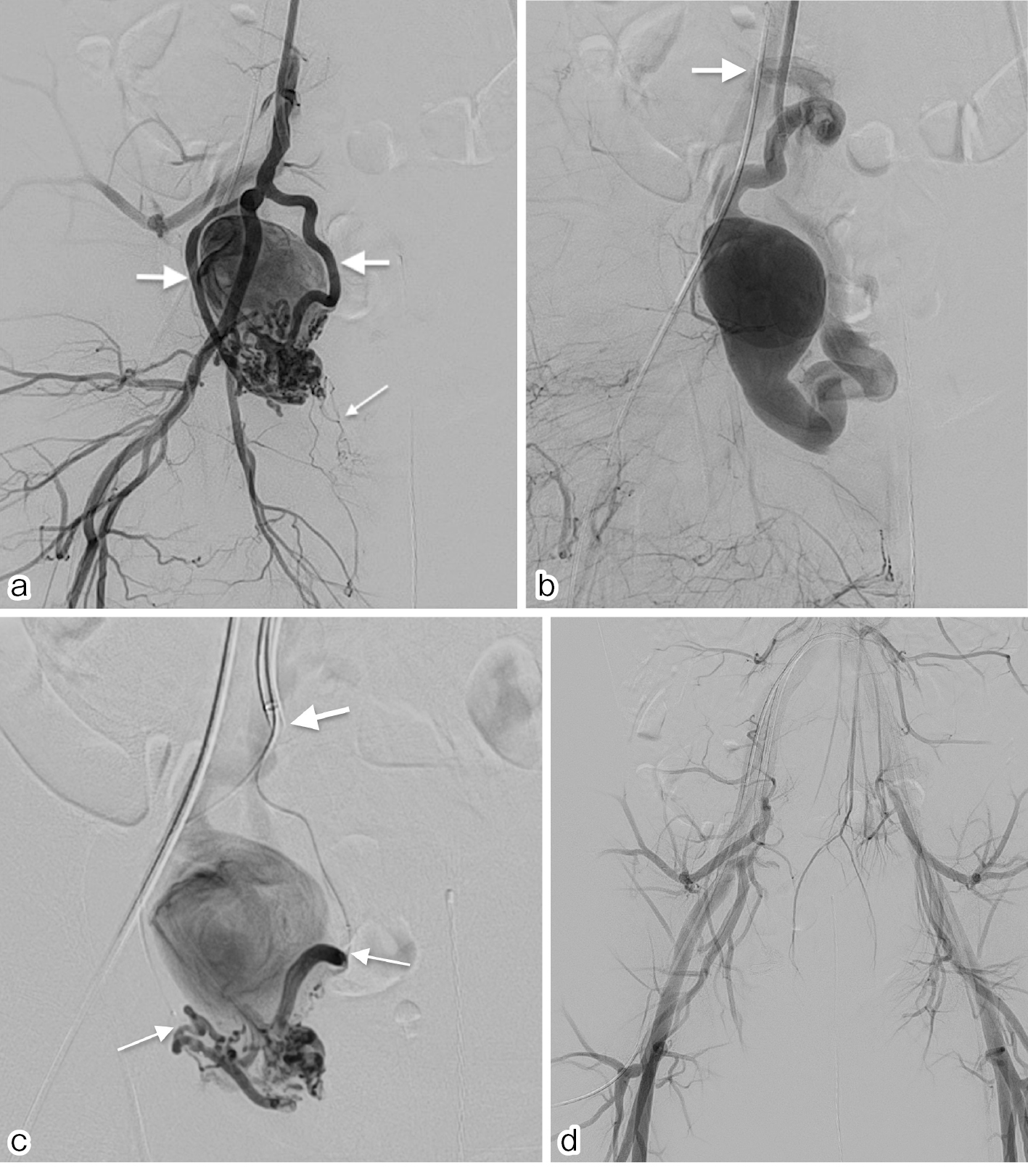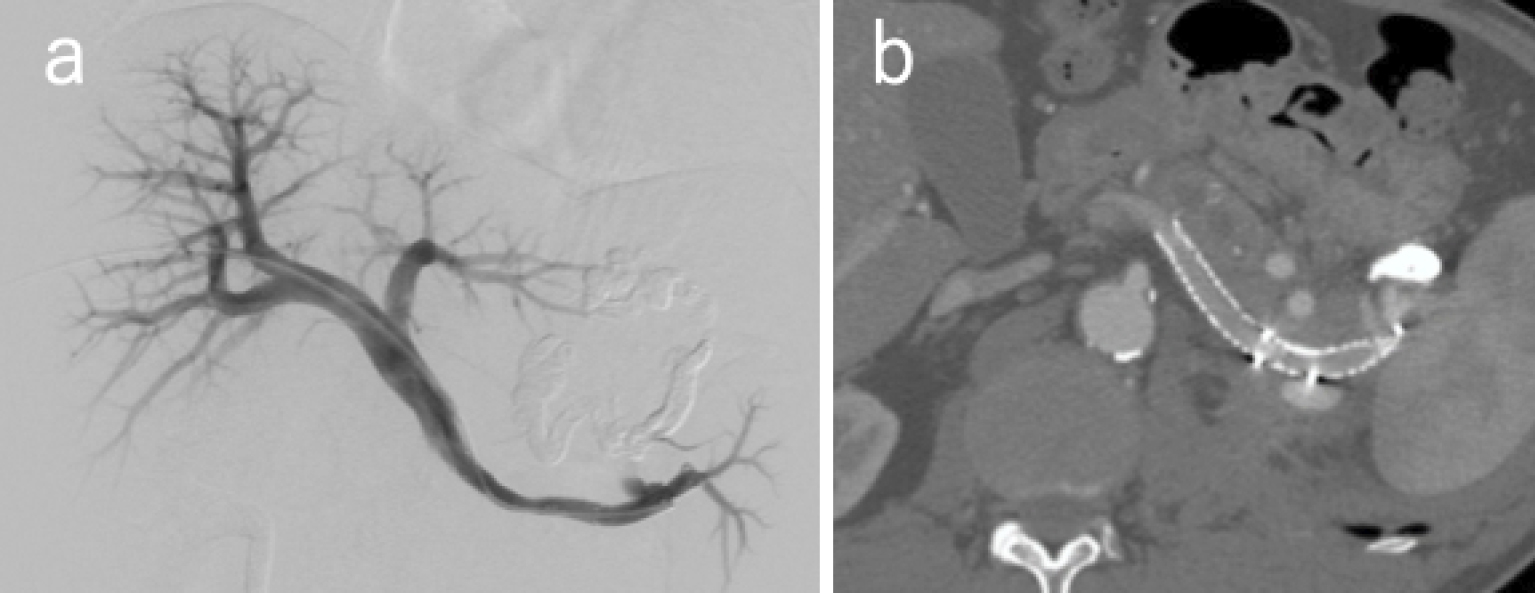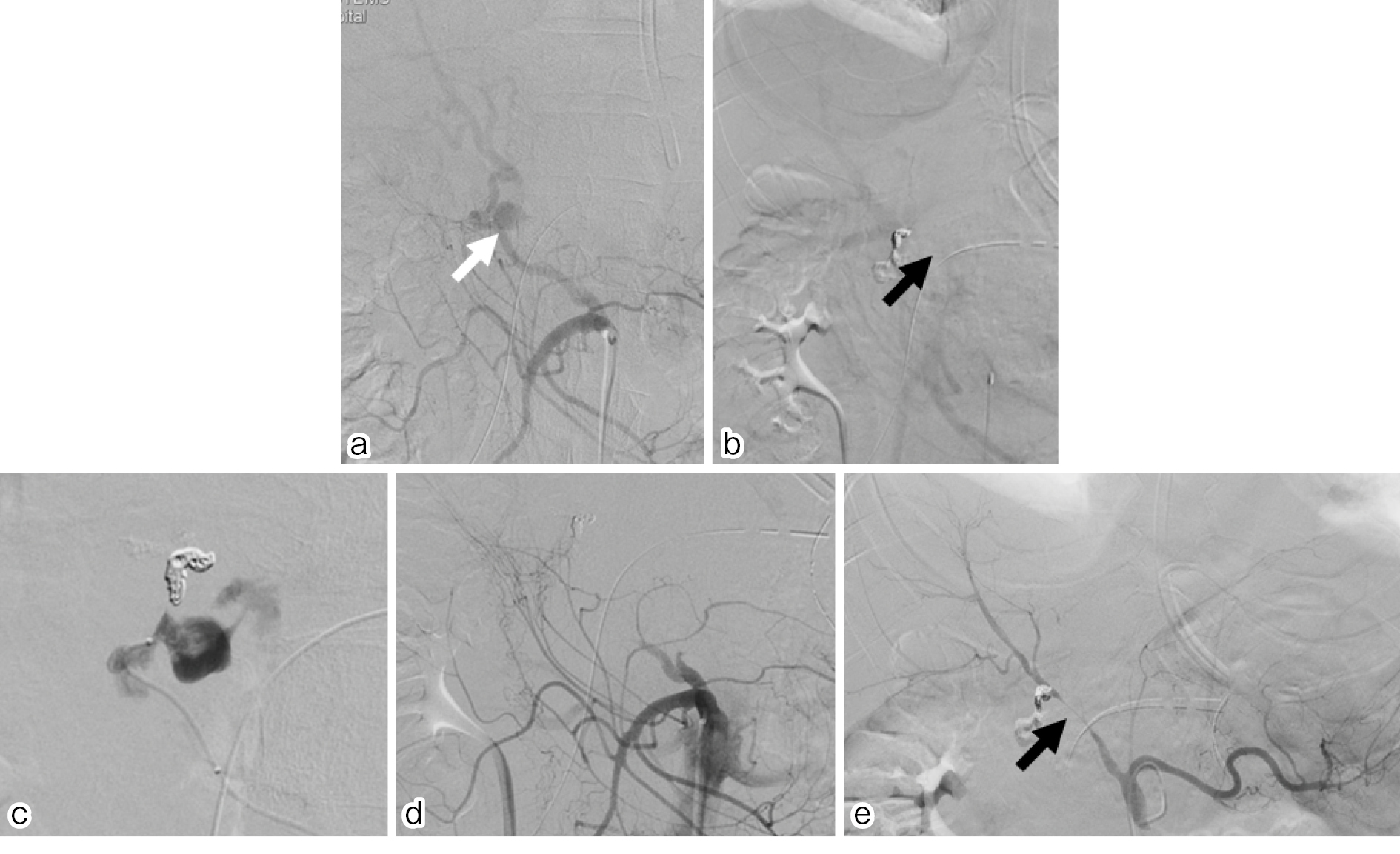Purpose: This study aims to measure job satisfaction among interventional radiology physicians in Japan and analyze the factors affecting job satisfaction.
Material and Methods: A web-based survey was conducted among the members of the Japanese Society of Interventional Radiology between October and December 2021. Participants were questioned regarding their job satisfaction, workplace, work status, and demographic information. Principal component analysis was applied to 15 reasons related to job satisfaction, and the factors affecting job satisfaction were analyzed.
Results: Valid responses were obtained from 901 (31.9%) of the 2,824 interventional radiology physicians invited to participate. Job satisfaction was reported as "very satisfied" in 79 (8.8%), "moderately satisfied" in 426 (47.3%), "neither satisfied nor dissatisfied" in 230 (25.5%), "moderately dissatisfied" in 133 (14.8%), and "very dissatisfied" in 33 (3.7%) respondents. Thus, there were 505 (56.0%) satisfied physicians. Three principal components were extracted from the reasons for job satisfaction. Job satisfaction tended to be higher among those who reported performing a higher number of interventional radiology procedures and was positively associated with a higher rate of work time dedicated to interventional radiology and the first principal component (the environment of clinical practice, research, and interventional radiology education). The third principal component (salary and work environment) and the absence of an "IkuBoss" [a boss who takes initiative in creating a work environment supportive of the work-life balance of colleagues] were associated with lower job satisfaction.
Conclusions: More than half the participants reported high job satisfaction. Job satisfaction of interventional radiology physicians in Japan was positively associated with a favorable clinical, research, and educational environment and negatively associated with the absence of an "IkuBoss," noninterventional radiology work, overtime work, and salary.
抄録全体を表示
